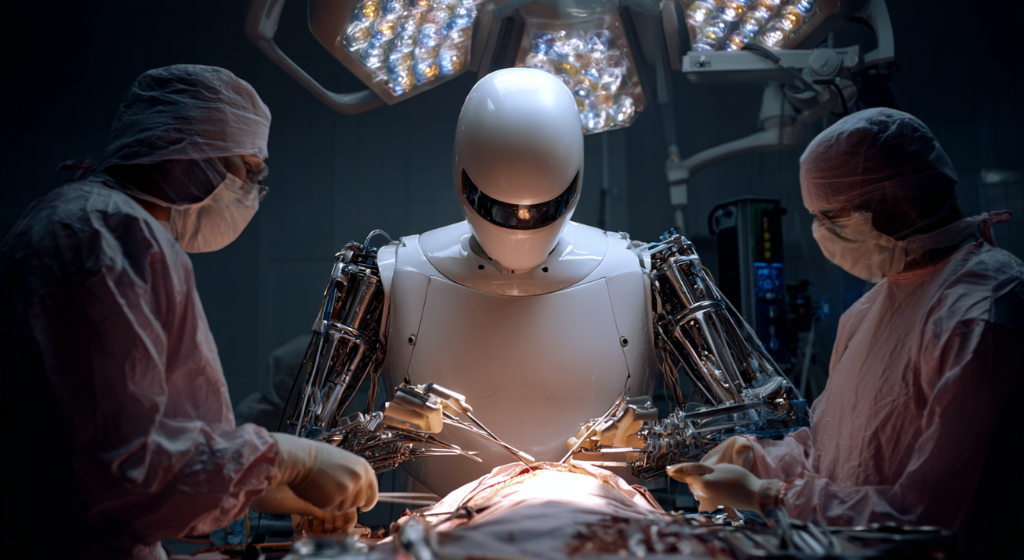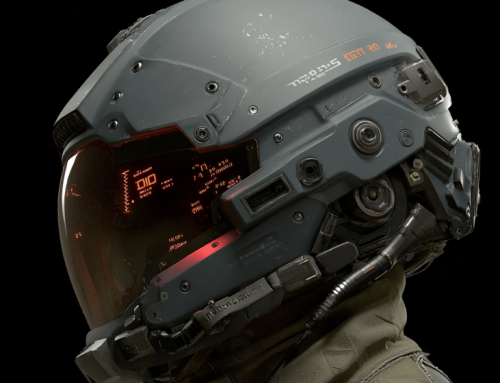
A robot developed by Johns Hopkins University autonomously performed a complex gallbladder surgery using AI, voice commands, and imitation learning, demonstrating expert-level performance and setting the stage for fully autonomous surgical procedures. (Source: Image by RR)
Johns Hopkins Engineers Teach Robot to Adapt Like a Human in Real Surgery
In a significant leap for surgical robotics, a robot developed by Johns Hopkins University researchers successfully performed a complex phase of a gallbladder removal surgery autonomously. Trained on videos of real operations, the robot executed tasks with precision and responded to real-time voice commands from the surgical team, similar to how a human surgical resident would interact with a mentor. This marked the first time such a robot was tested on a lifelike cadaver model, responding to natural language and adapting its movements in real-time.
The robot, called Surgical Robot Transformer-Hierarchy (SRT-H), represents a new generation of autonomous surgical systems. Unlike its predecessor, STAR, which required rigid setups and pre-mapped surgical routes, SRT-H used AI models similar to ChatGPT’s architecture to interpret complex anatomy and adjust on the fly. It could, as reported in techxplore.com, adapt to unexpected complications, execute 17 procedural steps flawlessly, and learn from corrections and commands such as “move the arm to the left” or “grab the gallbladder head.”
Using imitation learning and annotated surgical videos, SRT-H trained on procedures performed on pig cadavers and reached 100% accuracy in execution. The robot demonstrated an ability to generalize across varied anatomical conditions and changes in visual appearance, such as altered lighting and artificial blood staining. While it moved more slowly than a human surgeon, its performance matched expert standards in precision and adaptability, marking a watershed moment in medical AI.
Looking forward, the research team aims to train SRT-H on additional surgical procedures and evolve it into a system capable of fully autonomous operations. Researchers emphasize the modular and progressive learning path of the robot, akin to how human surgeons master operations piece by piece. The success of SRT-H underscores a future where AI-enhanced surgical robots could reliably support or even perform operations in real-world clinical settings.
read more at techxplore.com







Leave A Comment